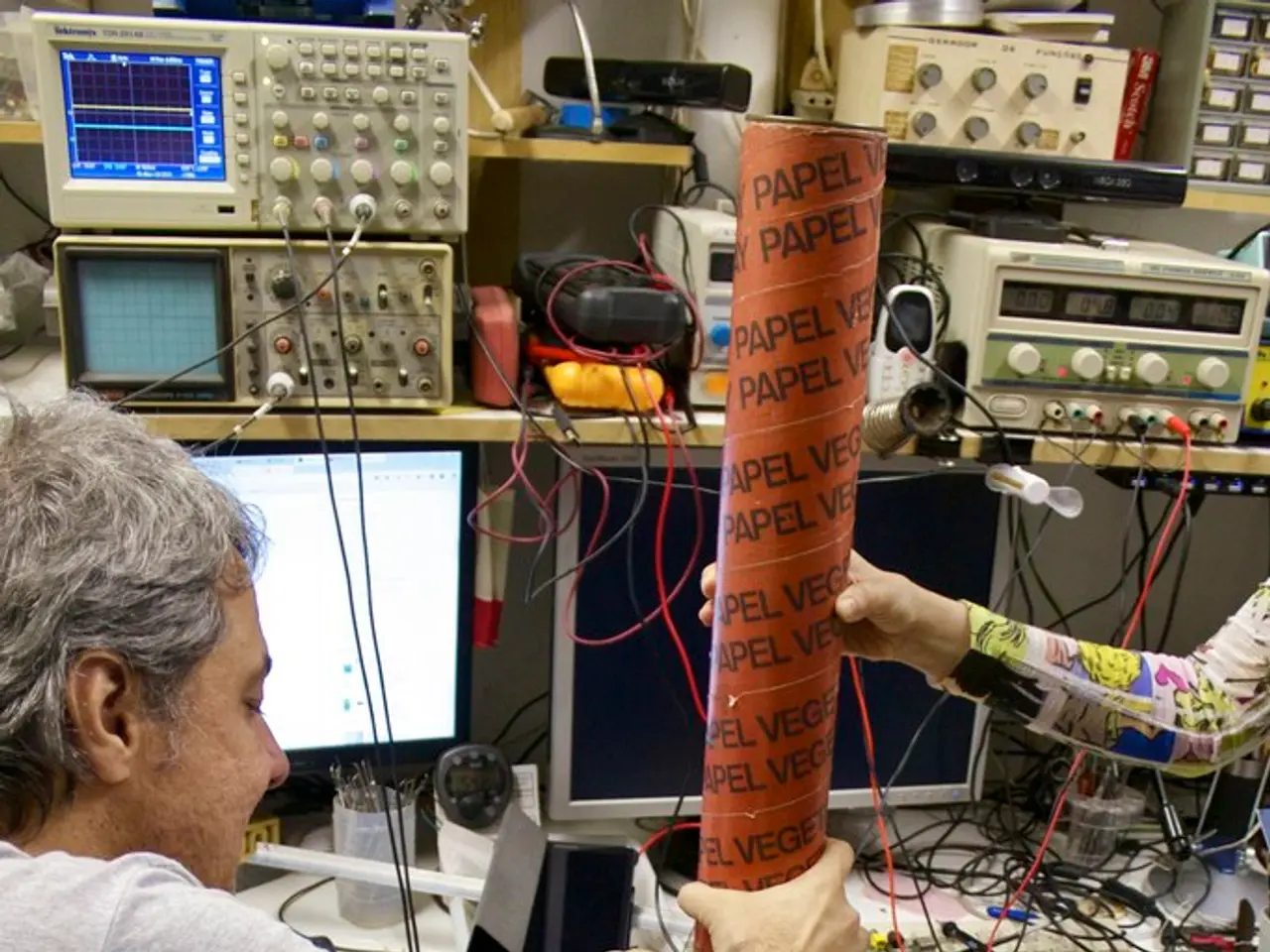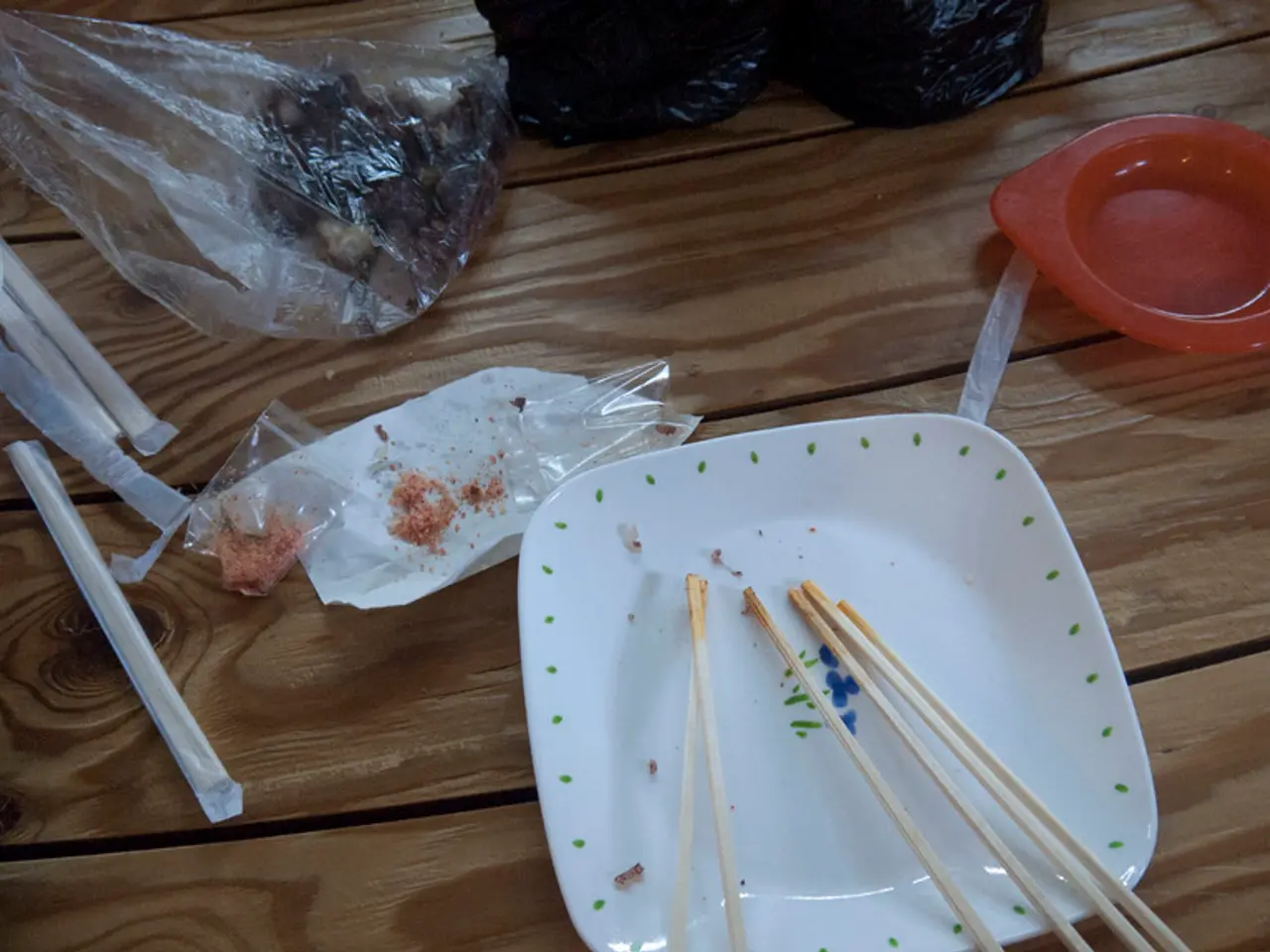Working Mechanics of a Pandemic
In the strategic world of board games, one title that stands out is the cooperative game, Pandemic, published by New York-based Z-Man Games. This game, designed by Matt Leacock, is about mitigating global outbreaks of four infectious diseases.
The game board is a world-map game board with major population centers joined by red lines, representing the connections between cities. Each player, taking on a different character role with specific in-game strengths, begins the game with the task of curing four diseases.
During the action phase, each player can take four actions. These actions can include treating diseases, sharing knowledge, building research stations, or preventing outbreaks. In the infection phase, the player draws infection cards and places a disease cube on each city shown. No locale can hold more than three disease cubes, and any overage results in an outbreak.
The game mechanics do not have a single path to victory. Instead, teamwork and communication are key. Players must balance treating infections to prevent outbreaks while working collectively to discover all four cures as quickly as possible. Using each player's special role abilities strategically and managing hand limits (max 7 cards) to optimize card use is also essential.
Epidemic cards increase the infection rate and make it more likely for already infected cities to be hit again. Chain-reaction outbreaks can cause an infinite, game-ending series of outbreaks. Therefore, managing outbreaks carefully is crucial.
Prioritizing curing over just treating is another essential strategy. While removing disease cubes helps, the main goal is to discover cures for all diseases to win. Constant communication and sharing cards to maximize efficiency in curing diseases are also vital.
Building research stations is another strategic move. These help move quickly across the board and facilitate curing diseases. Planning for long-term card management is also important since players cannot hold more than 7 cards. Timing when to share or discard cards is critical.
Group dynamics can improve performance in the game, according to designer Matt Leacock. Working together seamlessly to anticipate outbreaks, share resources, and focus on curing diseases while keeping infections in check offers the best chance of victory.
The game includes an infection rate track, an outbreak indicator, and a "cures discovered" area. Collective defeat occurs when a team runs out of disease cubes, an eighth outbreak occurs or there are no more player cards. On the other hand, players collectively win the game when all four diseases have been cured.
Pandemic is more complex than the average family board game, making it a challenging and engaging experience for older children and adults alike. The game is intended for ages 10 and up. With its unique gameplay mechanics, Pandemic offers a strategic and cooperative gaming experience that is both fun and intellectually stimulating.
In the realm of health and wellness, mastering the strategies of Pandemic, a cooperative game, aids in mitigating medical-conditions represented by infectious diseases. The game, set on a world-map game board, requires players to collaborate and communicate effectively to discover cures for these diseases and win, a similar endeavor as addressing real-world medical-conditions. Science comes into play as players build research stations to facilitate disease-curing and manage resources strategically.




